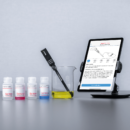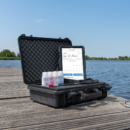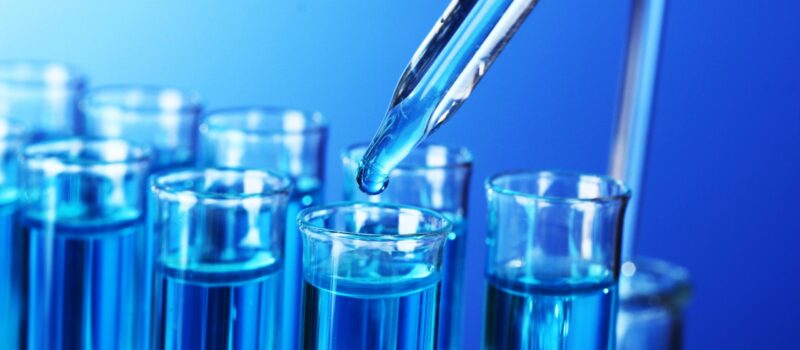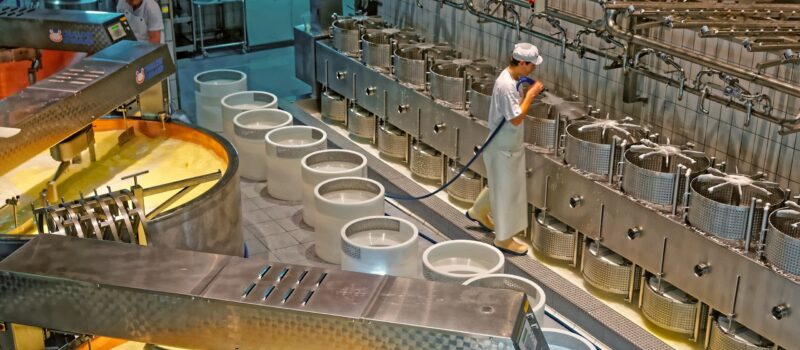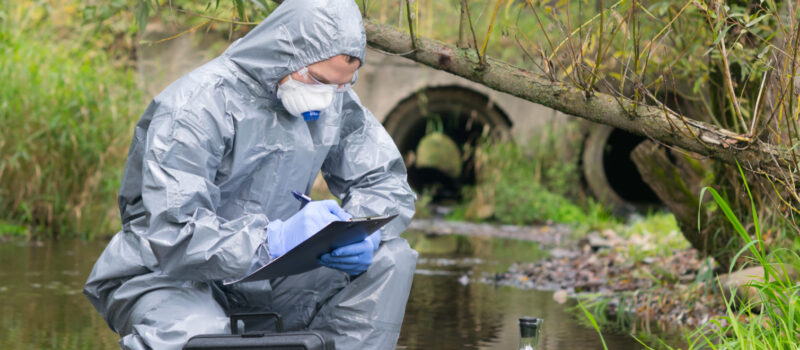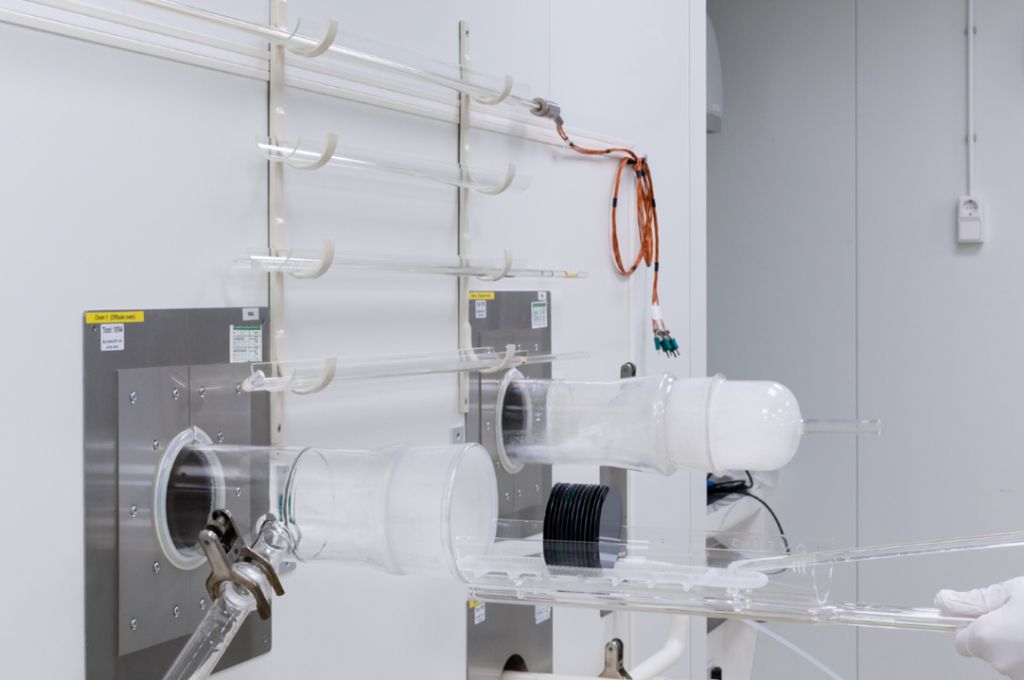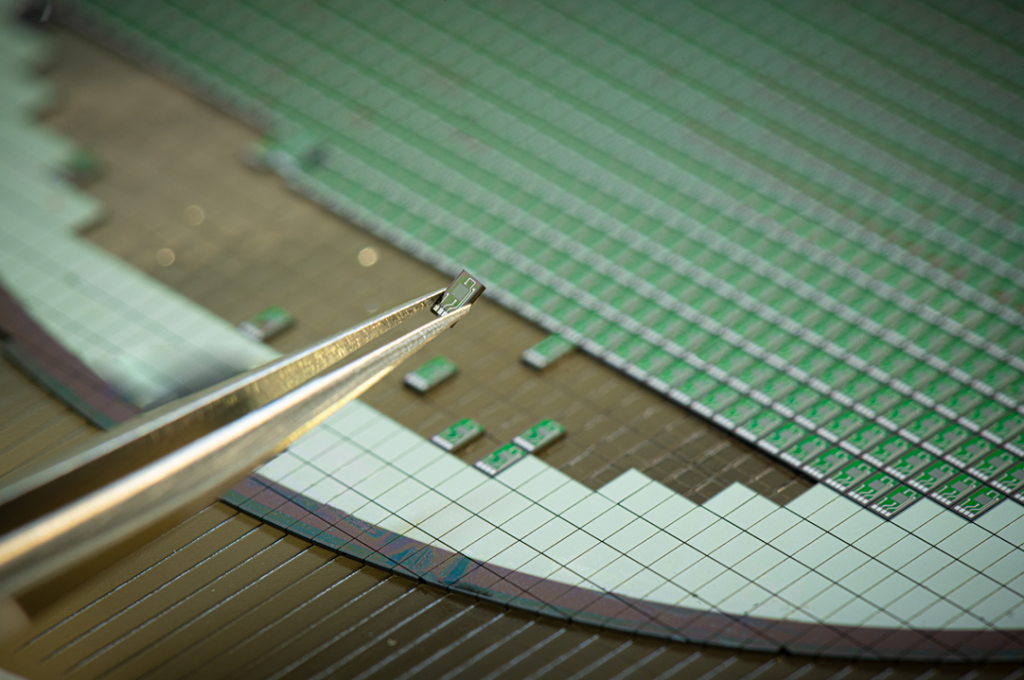Imagine, all parameters to be monitored using one single device. It is possible with the pH/EC/ORP/T probes, see our shop.
Measuring pH, electrical conductivity (EC) , and oxidation-reduction potential (ORP) together can provide valuable information in a variety of applications. Here are a few examples:
- Water treatment: In water treatment, measuring pH, electrical conductivity, and ORP can help determine the effectiveness of water treatment processes and ensure that the water is safe for consumption.
- Chemical manufacturing: In chemical manufacturing, measuring pH, electrical conductivity, and ORP can help monitor the quality of products and optimize production processes.
- Environmental monitoring: In environmental monitoring, measuring pH, electrical conductivity, and ORP can help identify pollution and monitor the health of aquatic ecosystems.
- Aquaculture: In aquaculture, measuring pH, electrical conductivity, and ORP can help maintain proper conditions for fish and other aquatic organisms.
- Food and beverage production: In food and beverage production, measuring pH, electrical conductivity, and ORP can help ensure the quality and safety of products.
The EC and ORP are available as extra parameters in the wireless ISFET pH probe product line. This means that all three parameters can be measured with high precision and accuracy in one single device. This would make it a versatile and convenient tool for various applications, reducing the need for multiple probes and devices.
Additionally, the Sentron app provides user-friendly software and data management features that make it easy for users to record, analyze, and share their data.
The probes are reliable and durable as they can be easily renewed with just the replaceable sensor part. This is particularly beneficial for users who require frequent use and rigorous testing conditions.

